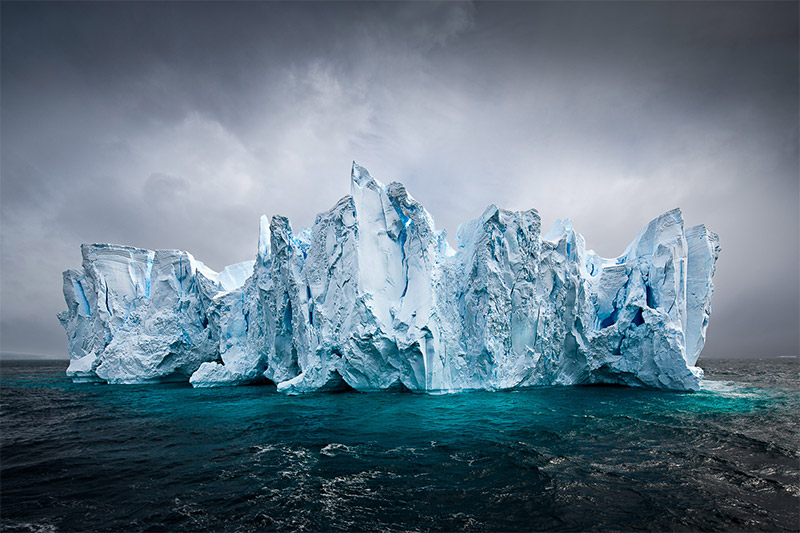
Joshua Holko is a landscape and wildlife photographer who specializes in the Arctic and Antarctic areas. He spends most of his time in remote destinations (or traveling to and from), photographing wild scenes that most people will never experience firsthand. I reached out to Joshua about an interview, and he graciously agreed to answer some questions for our audience. I’m sure you’ll find this interview to be insightful and inspiring.
Can you tell us a little bit about yourself, where you are from, and how you got started with photography?
I was born in Melbourne and still live there today – although these days I am actually overseas on workshops and expeditions most of the year. I studied photography formally in both a Degree in Fine Art Photography and a Diploma in Photojournalism. A large part of my studies was steeped in Art and I think I subconsciously picked up a lot of how I photograph through that study.
My first experiences in photography were travelling around the state with my Dad though when I was just a boy. He was pursuing an active interest in large format fine art photography on his weekends and my brother and I would sometimes go with him on weekends to help carry the equipment. That was enough to get me hooked on photography. Initially I was very keen to pursue underwater photography but I never really had the wallet for it when I was young and only recently purchased my first serious underwater housing. I did quite a lot of landscape work in Australia and in my teens a lot of rock climbing photography. It was not until many years later that I first travelled to the polar regions and found my calling.
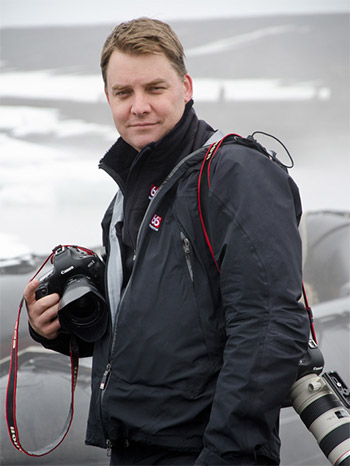
Much of your photography is done in Polar and sub-Polar regions. What is it that attracts you to these locations?
I am very much a specialist polar photographer these days and virtually all of my photography is done in either the Arctic or Antarctic areas. I occasionally shoot in other locations, but I would certainly say I have a polar niche.
For me there is a quality to the light that is found at these extreme latitudes of the planet that is very appealing. The light is often very soft and beautiful and being so far north and south of the equator means there are long periods of golden light and twilight to photograph. The color palette is often monochromatic in the polar regions and there is often a simplicity to the landscape that I find very photogenic. From a wildlife perspective I find the simple clean snow and ice backgrounds found in these areas very appealing from a composition perspective.
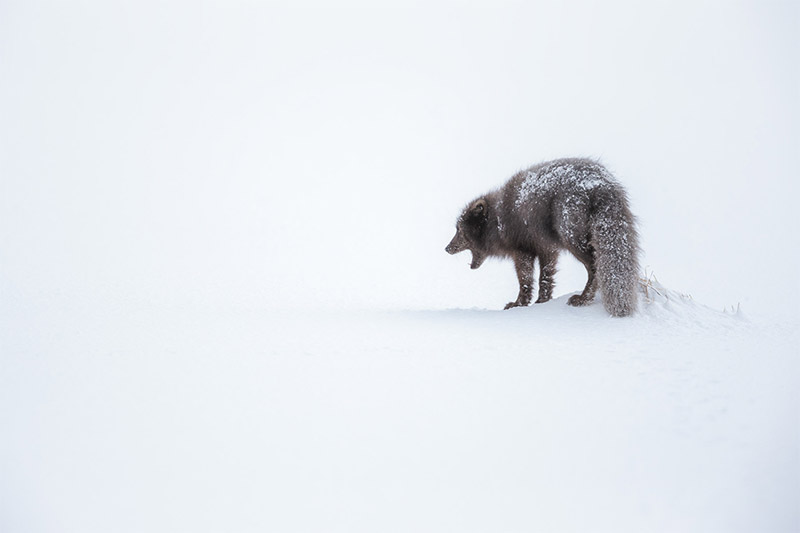
Can you tell us about some of the challenges that you face in traveling to and photographing some very remote places?
All destinations have their own challenges regardless of location, but travelling and photographing in the polar regions does present some unique problems. Obviously the cold can be an issue; particularly in winter. This winter in Svalbard for example we had temperatures between -20 and -50 Celsius for 10 days straight. Working in those sort of temperatures requires some very special equipment and keeping cameras working can be a challenge.
Like all things the key is to be properly prepared so that you can deal with anything the weather might throw at you. The other challenge of course is just getting to some of these places. Some of the areas in the Arctic and Antarctic that I frequently travel to can be a logistical nightmare. Planes, boats, time and money all play into the equation.

What do you enjoy the most about leading workshops and expeditions?
The destinations are obviously incredible, but for me I actually really enjoy the camaraderie of being amongst a small group of like-minded individuals who are all passionate about photography and who are all there to try and do their best possible work. I take a lot of inspiration and motivation from those who travel with me. I have been fortunate to meet and travel with some really amazing people over the years and I frequently find their drive and motivation infectious.
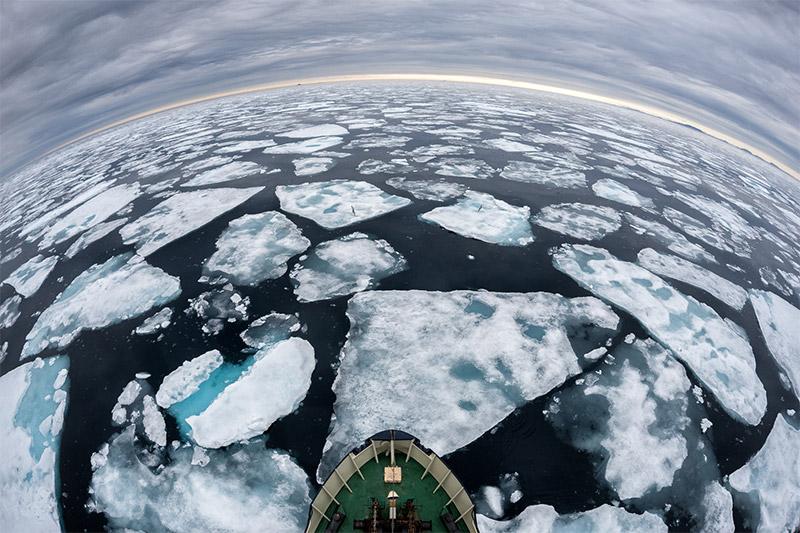
Can you tell us a little about your recent trip to Greenland? Any particular highlights from the trip?
Sure – I lead to back-to-back expeditions to the Scoresby Sund fjord system on the remote east coast of Greenland. I timed both trips for late in the Autumn season as I knew from experience that the light that time of year was going to be really incredible (and it was). We were also fortunate to experience some incredible icebergs, and the first snows of winter. A real highlight was seeing the Narwhal (the unicorn of the sea) as well as Snowy Owl. The top highlight had to be watching an iceberg the size of a large city block roll over right in front of us and then disintegrate. Watching over a million tonnes of ice blow up into ice-cubes in the space of seconds was really exciting and some pretty remarkable photographs resulted.
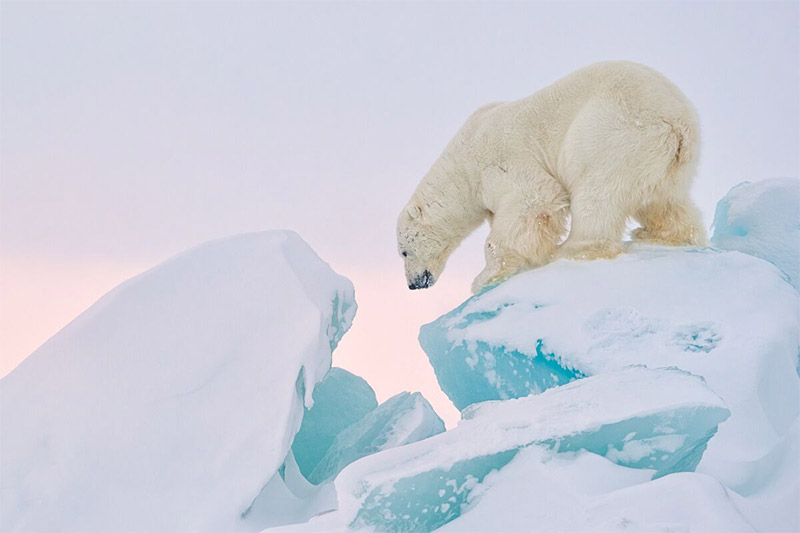
Do you have a dream location that you haven’t visited yet?
Ellesmere Island in the Canadian arctic is certainly very high on my list of places I would like to visit and photograph. As is Kamchatka in Siberia. Both are quite remote and difficult to get to. I also want to head to the north of Canada to photograph snowy owls in the near future as well as Barrows Alaska for Spectacled Ida ducks.
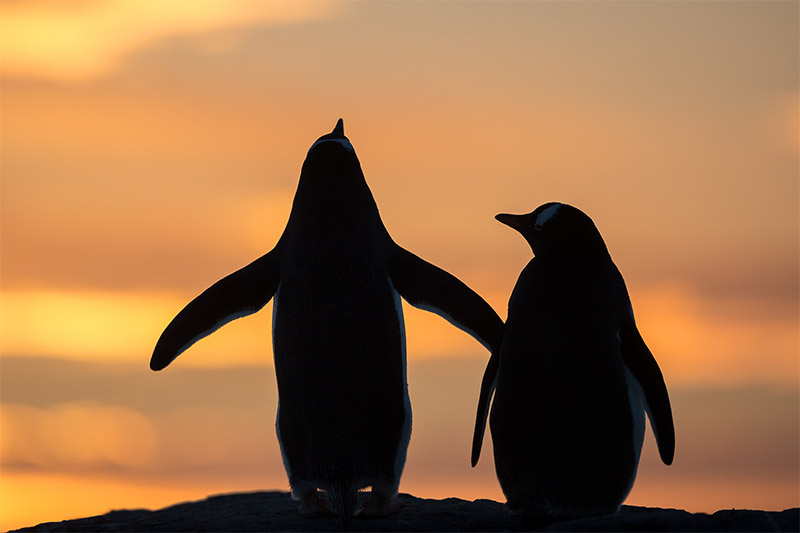
You’ve earned a lot of recognition for your work. Is there any award or accomplishment that means more to you than others?
It’s a bit hard to say there is one single thing or award that has come my way that means more to me than any other. I guess if pressed I was pretty happy to win the Global Arctic Photographer of the Year last year. That was a big win in terms of nudging out the Norwegians (who had dominated the competition). Ultimately though I don’t photograph for competitions, but for myself. I don’t even enter very many competitions these days as so much of what we shoot and our final impression is subjective.
Of course, its always nice to get picked up by magazines, published, get offered book deals etc. but the real satisfaction for me is shooting subjects that I love in locations that appeal to me. For me, it’s the polar regions that speak to my soul and that continually draw me back. The opportunity to work in those areas means more to me than any award as I am getting to do what I love most.
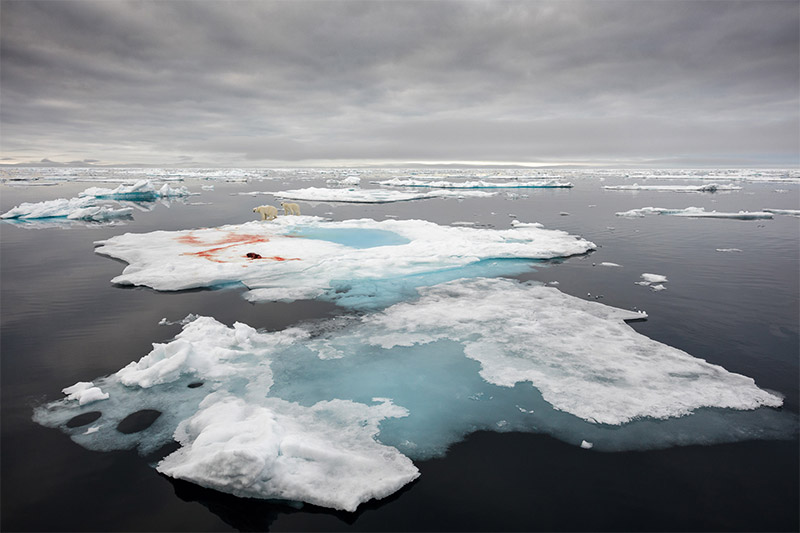
As someone who has been in the industry for a while and already accomplished a lot, how do you challenge yourself or make sure that you continue to improve?
My feeling is you never stop growing and improving as long as you are prepared to keep working at it. I spend a lot of time looking at the work of other photographers (especially in books) and I find that is a great way to see what others are doing. I frequently take a lot of inspiration from the work of others. Its not about trying to imitate, but rather understanding how someone else approaches a subject and understanding their vision. I find that’s a great way to look at a subject with fresh new eyes.
I also think it’s important to be your own harshest critic. That way whatever you shoot you always see room for improvement. I’m a very driven person when it comes to my photography and I work everyday at trying to improve and get better. I don’t believe you have to be behind the camera to improve either. Sometimes putting the camera away and picking up a book and studying the composition of others is one of the best things you can do to help improve your own work.
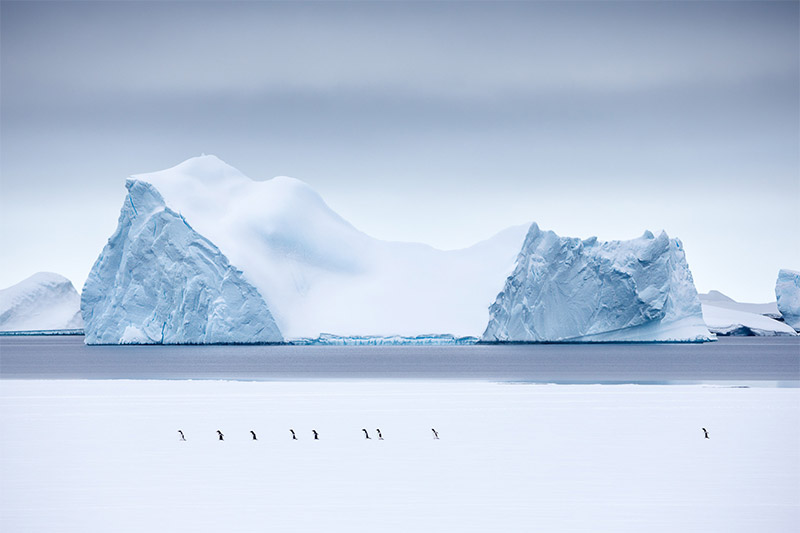
What advice do you have for those who are just getting started with photography?
Photograph whatever it is you are most passionate about. When you are passionate about a particular subject you will always do your best work. It’s important to try and figure out what it is you want to photograph and then focus (pardon the pun) on that subject and really try and get good at one niche area of photography rather than trying to be a generalist. Too many people just starting out fail to focus their efforts in one direction and instead try and ‘do it all’.
The other mistake I see all the time is people who are new to photography not making any time to look at the work of other photographers. We can learn a huge amount about composition light and ‘how to see’ by studying how others approach a subject.
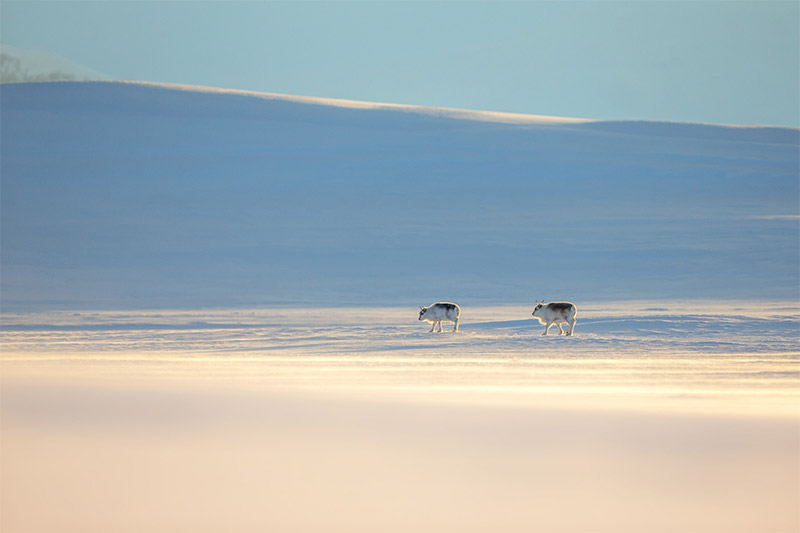
Aside from photography and travel, what do you like to do for fun?
Photography more or less consumes my life from morning until bedtime. It is pretty much all I think about. Even when I am not out actually taking photographs I am usually planning my next expedition, or processing or printing photographs or otherwise running my photography business. I do a little bit of mountain biking and hiking for my fitness when not on expedition but otherwise I think my life is pretty much lived with photographic blinkers on. Even when I am out hiking near my home in Melbourne I am always looking for birds or other wildlife to photograph. I wouldn’t have it any other way.

Ghosts of the Arctic
Ghosts of the Arctic is a video that shows Joshua on location in Svalbard.
Connect with Joshua:
If you would like to see more of Joshua Holko’s work, or get in touch with him, please use the links below:
All photos shown in this post are © Joshua Holko, used with permission.